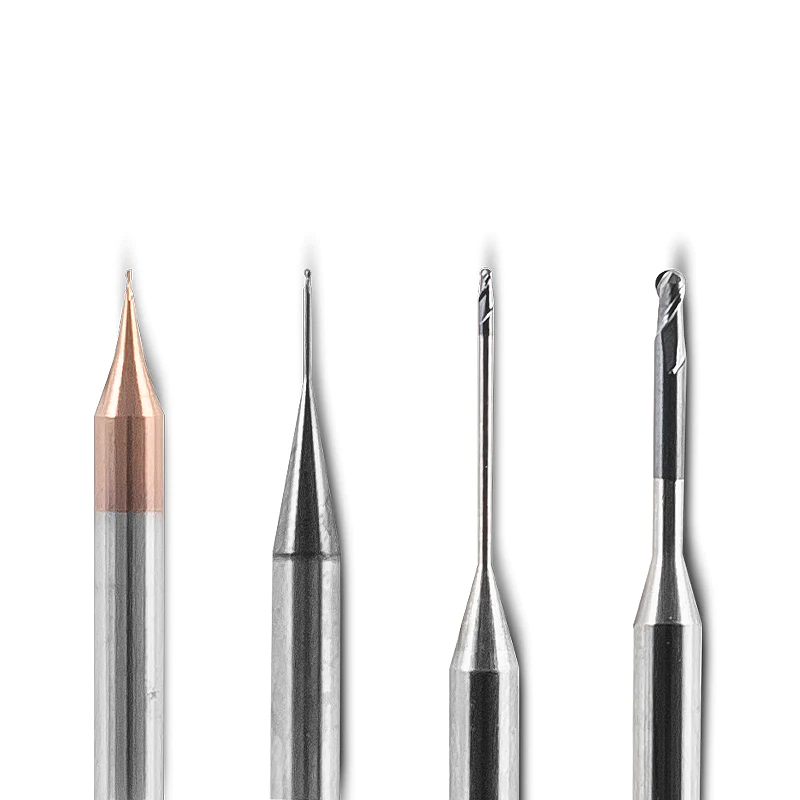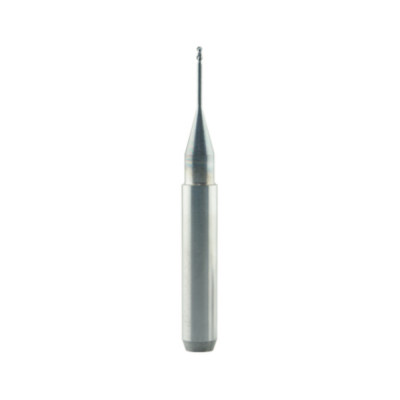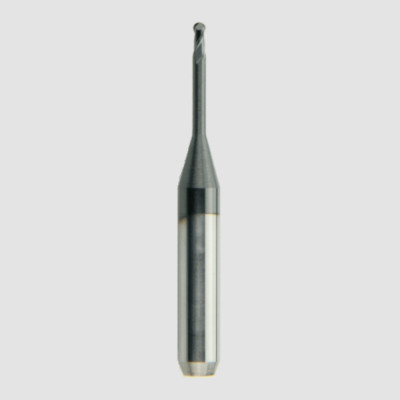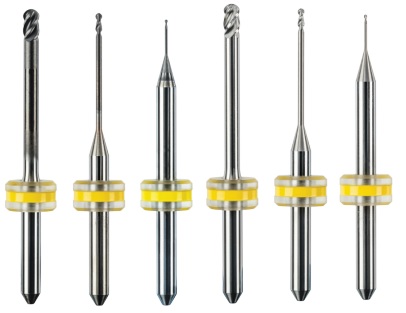We know that cemented carbide is one of the composite items of milling bur, but it can also generally be divided into three categories: tungsten and cobalt carbide, titanium-cobalt carbide, and general-purpose cemented carbide.

1.Tungsten cobalt carbide (YG)
Commonly used grades are YG3, YG6, and YG8, in which the number represents the percentage of cobalt content. The more cobalt content there is, the better the toughness and vibration resistance are, but the hardness and wear resistance will be reduced. So, the alloy can be used to cut cast iron, metals that don't contain iron, and rough, hardened steel and stainless steel parts.

2.Titanium-cobalt carbide (YT)
Commonly used grades are YT5, YT15, and YT30, and the numbers indicate the percentage of titanium carbide. The bonding temperature of steel can be increased, the friction coefficient can be reduced, and the hardness and wear resistance can be slightly improved, but the bending strength and toughness are reduced, and the properties become brittle. Alloys are suitable for cutting steel parts.

3.General-purpose cemented carbide
An appropriate amount of rare metal carbides, such as tantalum carbide and niobium carbide, are added to the above two cemented carbides to refine their grains and improve their normal temperature and high-temperature hardness, wear resistance, bonding temperature, and oxidation resistance, which can increase the toughness of the alloy. Therefore, this kind of cemented carbide tool has good comprehensive cutting performance and versatility. Its grades are YW1, YW2, YA6, etc. Because of its high price, it is mainly used for difficult-to-process materials such as high-strength steel, heat-resistant steel, stainless steel, etc.
For more details about our products, please visit our official website: https://www.burdental.com/for-lab/cad-cam-milling-burs



